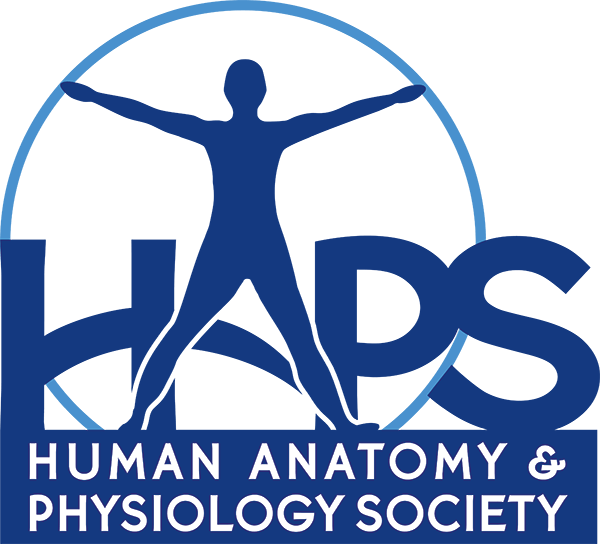Working at Cretin-Derham Hall High School, I teach a concurrent enrollment Human Physiology course as well as a basic-level Anatomy class. After years of refining my classroom and lab activities to boost clarity and engagement, I’ve started integrating Artificial Intelligence (AI) tools into my workflow. While there are many AI sources to choose from, I specifically rely on ChatGPT, Claude.ai, Diffit, and Magic School. Each platform offers a different strength, and together they help me rework existing materials efficiently, without having to start from scratch. I typically begin by pasting my original lab or activity into ChatGPT or Claude. I’ll ask it to generate an engaging opening paragraph or design a visual element to help my visual learners connect with the material. Then I’ll request modifications to adjust the reading level, clarify instructions, or improve the guiding questions to help students focus on key concepts. This step ensures the content remains scientifically accurate and instructionally effective. Of course, I always review the AI’s suggestions by fact-checking details and making sure terminology aligns with the objectives for the activity.
Next, I turn to Diffit to build in differentiation. I use it to create leveled-readings, vocabulary previews, and scaffolding that supports students who need more language or literacy assistance. This is essential for my entry-level Anatomy class. Diffit stands out because it lets me instantly adjust text difficulty and generate supporting materials that are still tied to the original content. At the end of an activity, I have Magic School develop standards-aligned questions or formative questions requiring students to generate summaries to show what they’ve learned. This might include a poster or presentation which highlights key vocabulary, graphs and explanations from the lab, and one “a-ha” moment from the activity. It’s a great way to bring creativity and reflection into the conclusion of a lesson.
ChatGPT and Claude are also my go-to tools for generating extension questions, especially when I want students to interpret their lab results through a Claim, Evidence, Reasoning (CER) framework. The AI-generated content is usually solid, but I work by the 80/20 rule: 80% of the material comes from AI, and the final 20% is where I make strategic edits – tweaking language, combining elements, or aligning the tone with my students’ needs. That last layer of polishing is essential and makes the material feel like mine. The results have been impressive, and I’ve gotten positive feedback from students who say the labs feel more engaging and easier to follow. I’m excited to keep exploring this AI-supported approach, and I always make a point to verify the science before it hits the classroom.

